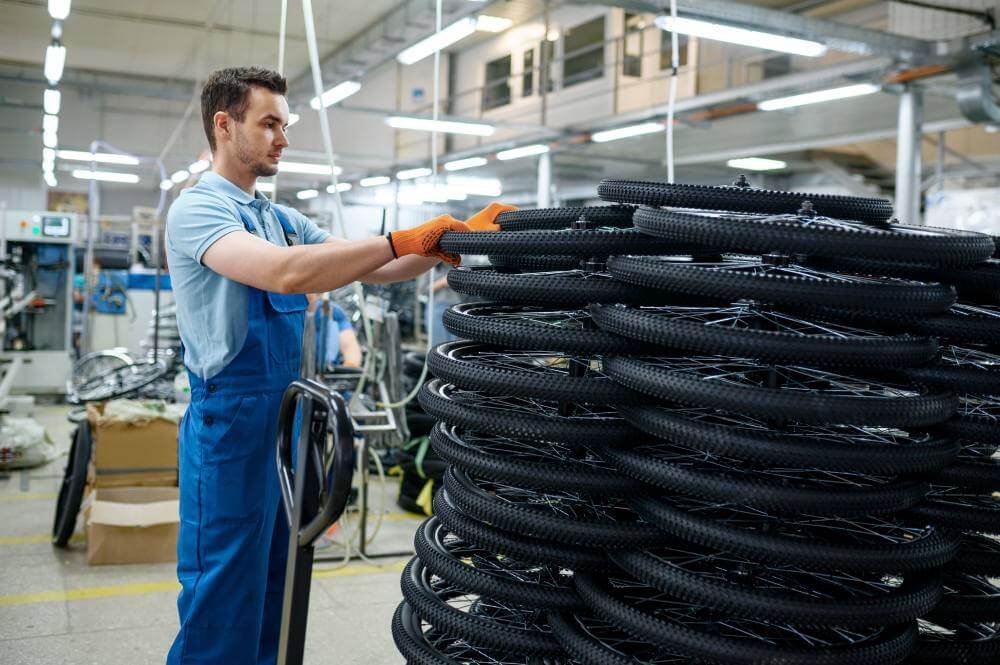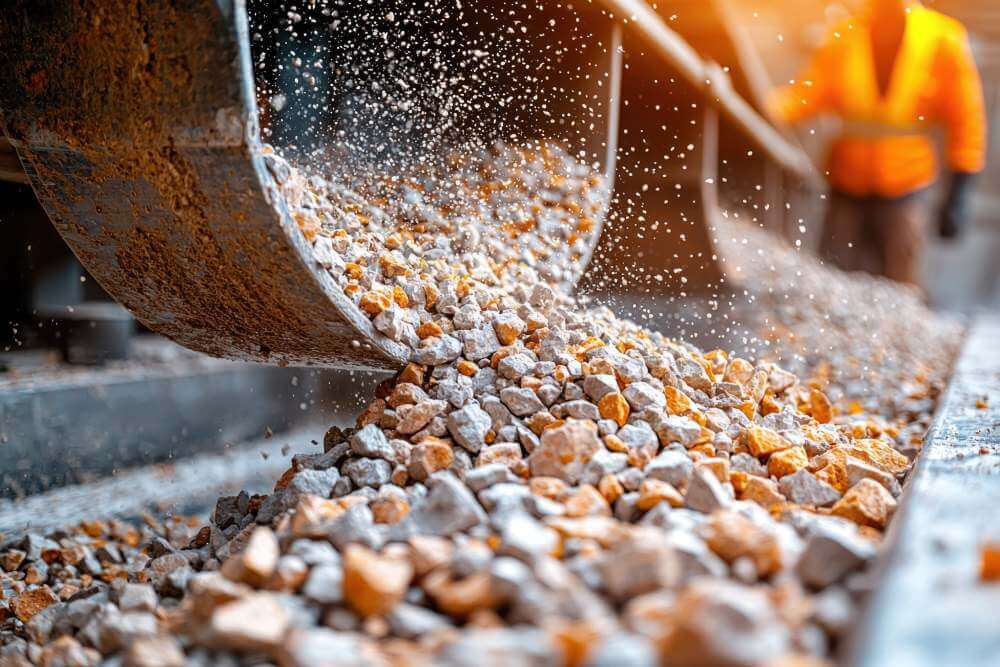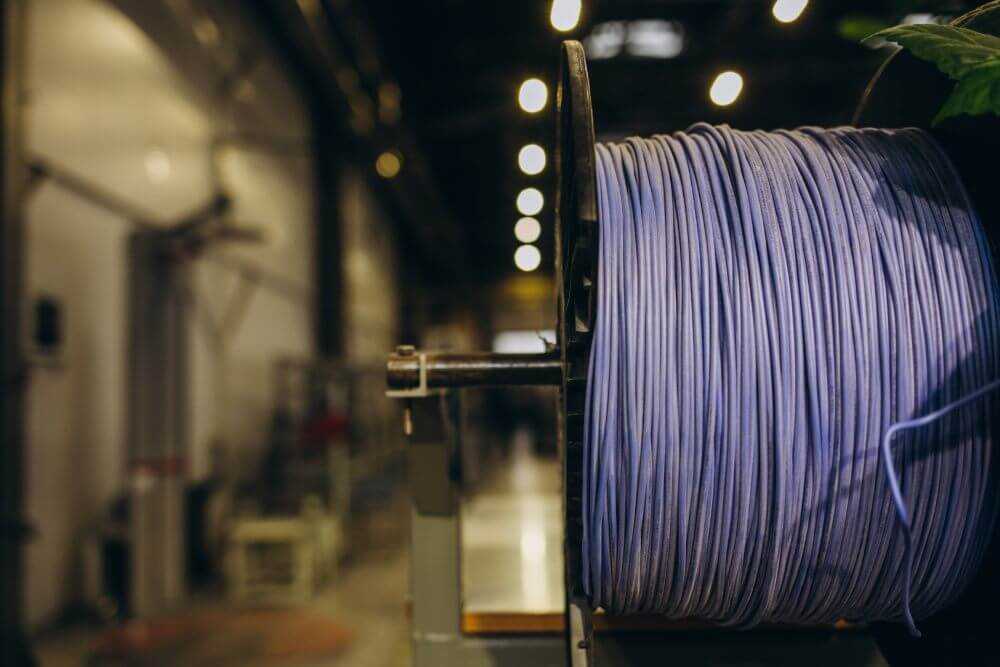As mentioned above, there are two main types of PM. These are usage-based and time/calendar-based. Let’s explore each one in more depth.
Usage-based preventive maintenance
Every machine manufacturer has guidelines for maintaining its machinery. Often, such maintenance takes place on a usage basis. In other words, a plant manager will look at the machine’s statistics or usage readings to determine if it is due for preventive maintenance. These statistics or readings may include different benchmarks. Examples include cycle counts, distance covered, operating hours, running time, production cycles, etc.
Thereby, preventive maintenance depends on the frequency of the machine's use. This process is frequently automated and when a machine hits a certain count, its status will trigger a notification for the team to perform a maintenance check.
One of the benefits of this type of maintenance is that it helps to prevent so-called “over-maintenance”. This is when some machines get more frequent attention (labour hours and spare parts) than needed.
Time-based preventive maintenance
Time- or calendar-based preventive maintenance works at predefined, pre-established scheduled intervals. This is a recurring, calendar-based task and it can occur daily, weekly, monthly, semi-annually, etc.
A trigger is usually created right before the maintenance is due to be performed. This trigger notifies the relevant parties, who then get to work. Benchmarks can also be set by manufacturers’ recommendations and are dependent on the type of machine in question.
The ultimate purpose of such a PM is to ensure the regular inspection and maintenance of the most essential business equipment. Ideally, teams should keep detailed records about previous maintenance efforts. This way, decision-makers can better determine what resources to allocate to PM tasks.
Potential challenges that may arise include equipment failures if the time between maintenance is not correct or is not followed.
![Preventive Maintenance Service: Definition, Types and Advantages [The Full Guide]](https://s3.fabrico.io/uploads/BLOG_LIST_IMAGE.jpg)









